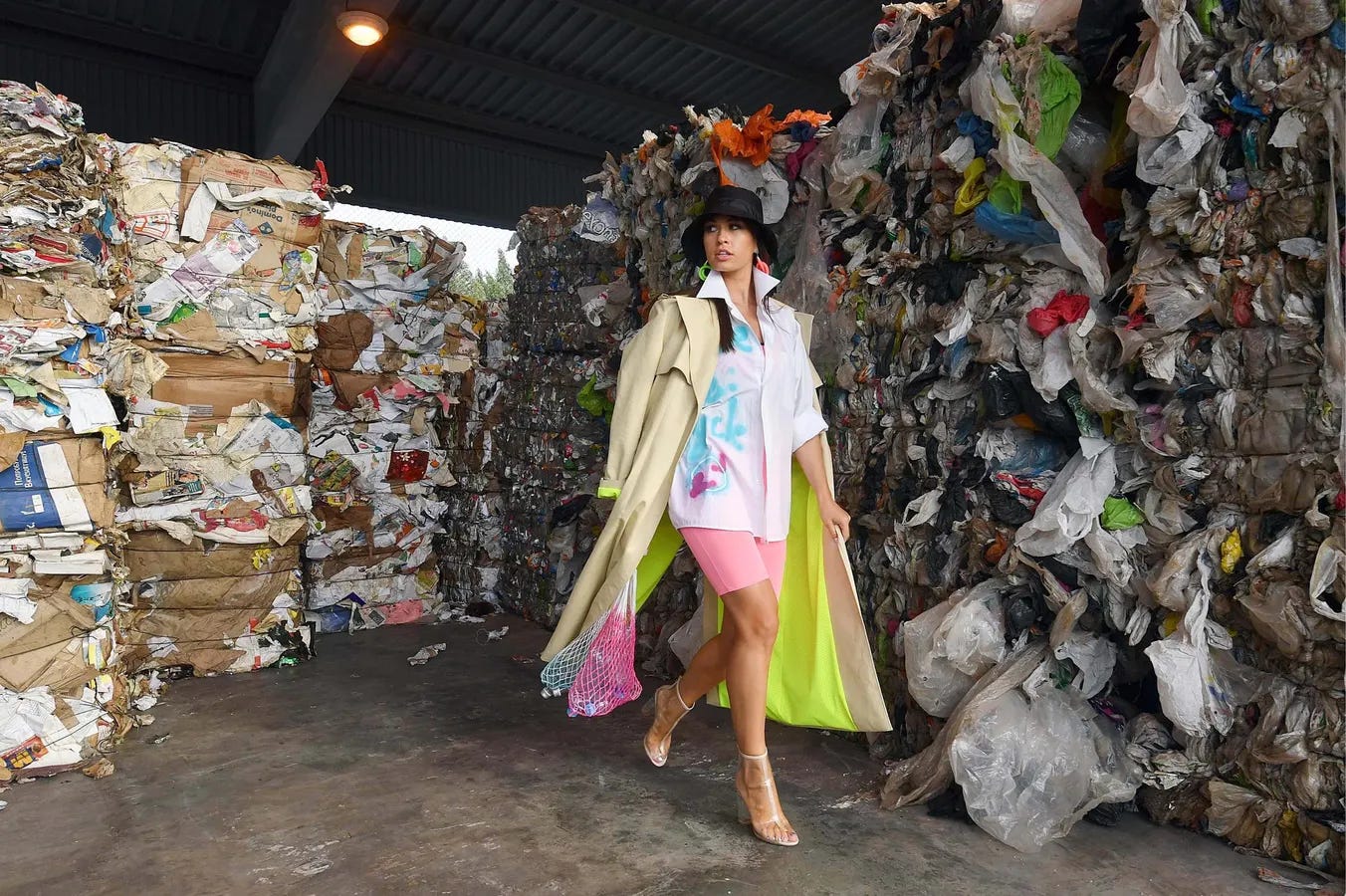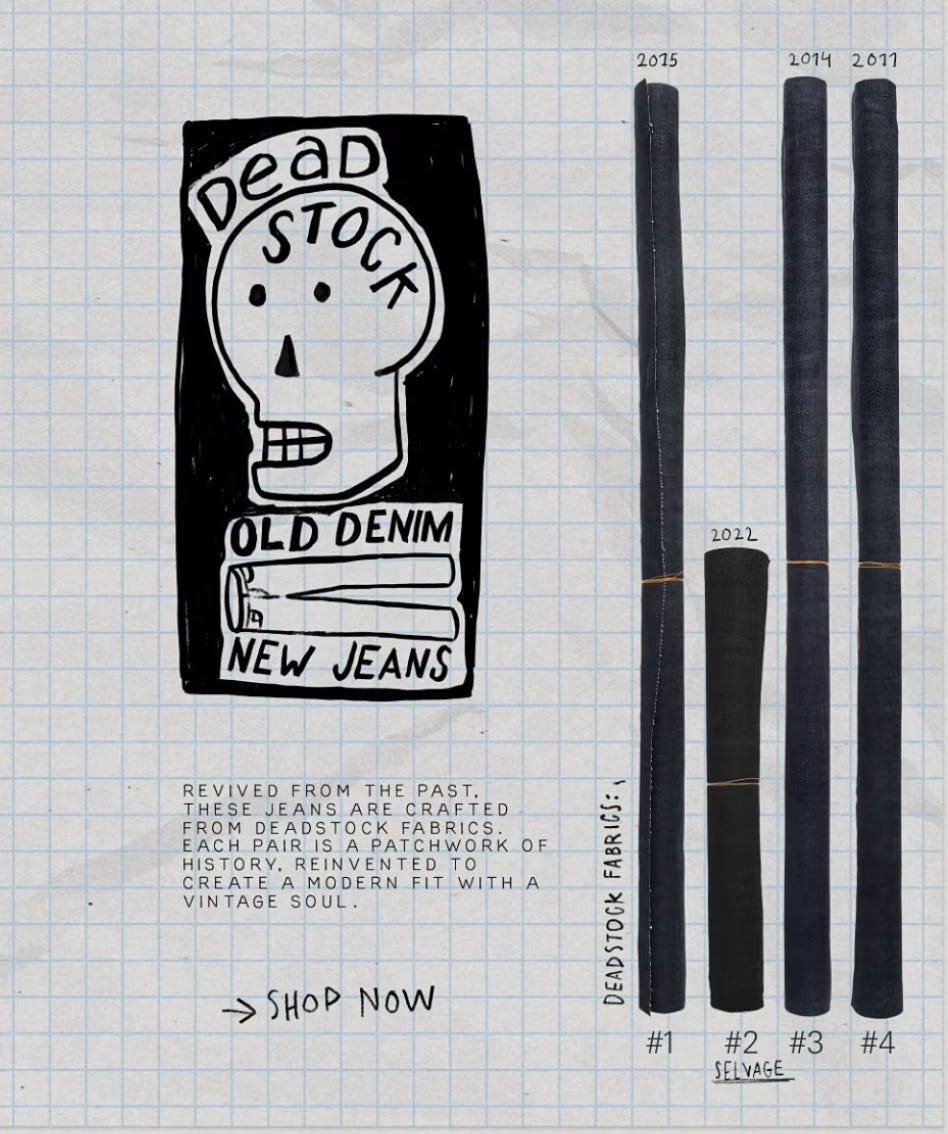How New Luxury Brands Prepare for DPP
Publicly, most brands claim that building a sustainable and ethical supply chain is important to them. Privately, few give a f**k. This may be about to change.
Let this stat sink in…
If the fashion industry were a country, it would be ranked third for greenhouse gas emissions after the US and China — Environmental Justice Foundation report
TL;DR
Publicly, most brands claim that building a sustainable and ethical supply chain is important to them. Privately, few give a f**k.
This may be about to change because of something called the DPP (or Digital Product Passport) directive. An incoming policy from the EU designed to drive greater transparency on every physical product sold into the region.
It’s the result of engagement between policymakers and retail industry leaders, aimed at realising a more sustainable future for fashion.
Here we outline the directive, why luxury brands should care, and what they should do about it. We intend to share more practical guides over the coming weeks/months as the situation develops.
The carrot disguised as a stick
DPP stands for Digital Product Passport, which is a tool to create transparency and encourage circularity (i.e. a product is renewed or regenerated, rather than wasted).
The term is increasingly used as short-hand for an upcoming EU directive that will impose product transparency standards on retail brands trading in the region.
DPP is expected to have a similar level of impact, and the same risks of non-compliance (i.e. punchy fines and a very public slap on the wrists). It’s being introduced as the stick to make brands more accountable.
Forcing brands to be more transparent leaves them no place to hide. And, ultimately, pushes brands do the right thing for the planet and its population (i.e. the carrot).
The directive is in draft form but is expected to have a major impact on the fashion industry. Think about when the GDPR standards were rolled out in 2018, and how they transformed the way brands protect customer data. It has prompted big shifts globally.
DPP is cut from the same cloth.
Why are they doing it?
If the fashion industry were a country, it would be ranked third for greenhouse gas emissions after the US and China — Environmental Justice Foundation report
DPP is a response to the huge environmental impact the fashion industry has on the environment, and the living conditions of those working within it.
Whilst the transparency and sustainability agenda has made waves in recent years, we’ve reached the point where taking no action isn’t an option…
The global apparel and footwear industries account for up to 8% of the world’s greenhouse gas emissions — Quantis, Measuring Fashion
To be blunt. Waiting for brands to do the right thing ain’t working so (elected) policymakers are mixing things up.
Why should brands care?
It boils down to incentives and penalties…
Incentives
Circularity is an opportunity to grow profit margin, through initiatives like reviving deadstock fabrics - example Nudie Jeans
Free repairs builds loyalty between brand and customer - example Patagonia Product Repair
Resale is happening, brands can start making money from it - example Chloe launches Instant Resale
Penalties
DPP is expected to be similar to GDPR where failure to comply will come with the risk of fines
PR disasters likely if public brands fall foul of guidelines
Consumers will turn away from your brand as transparency expectations take hold. Consumers spend more on brands with strong sustainability credentials. Products making ESG-related claims averaged 28 percent cumulative growth over the past five-year period, versus 20 percent for products that made no such claims — McKinsey, February 2023
Getting your house in order
Fashion is a complex industry with extensive, often opaque, global supply chains whose environmental and social impacts reverberate across the globe — British Fashion Council, The Circular Fashion Ecosystem
The driving principle behind DPP is breaking down this complexity and boosting transparency through supply chains. By making brands more transparent, the natural consequence will be self-regulation and higher standards.
Brands will be required to thoroughly understand, document, and disclose the composition, manufacturing processes, and environmental impact of their products. This goes beyond simple fabric composition disclosure and extends to granular details about the entire lifecycle of the product. Including:
Where raw materials are produced and whether these manufacturers comply with living wage initiatives
Trim suppliers down to lining, thread, button, rivet etc level
Climate and water impact of producing the item
To comply with the directive, brands will need to move away from relying on fragmented spreadsheets and implement systems that can manage product data, material data, assets, and events.
Whilst the directive is still being finalised several technology solutions, such as EON, TrusTrace, Worldfavor and many more can assist brands in the process of preparing for DPP compliance.
What does good look like
Nudie Jeans
The market leader in transparent new luxury is Nudie Jeans. Check out the Transparency section on every one of their product pages to see what good looks like.
This is the kind of example shaping policy. And it’s lightyears ahead of what most brands are capable of because transparency and sustainability has been at the heart of the brand for decades. They have lived this for years and have the results to show for it.
Mother of Pearl
Recently the subject of a feature film with Vogue called Fashion Reimagined, Mother of Pearl have been on a mission to shift the focus of luxury fashion away from relentless newness to a more sustainable growth model. Their principles provide an amazing example of how to build sustainability and transparency into the culture of a brand that hasn’t always been that way.
Transparency Index
A great resource for anyone looking to learn more, Fashion Revolution produce a Transparency Index to spotlight how much (or how little) information the world’s largest fashion brands disclose about their supply chain practices and impacts. Check out the 2023 index.
Amendi
Their traceability module allows customers to track the journey of any garment from the loom to your closet all on site.
More to follow…
DPP is a live conversation and the target is shifting. We’re going to continue publishing tactical advice to New Luxury brands in the coming months. So subscribe to THOUGHTS for more.











